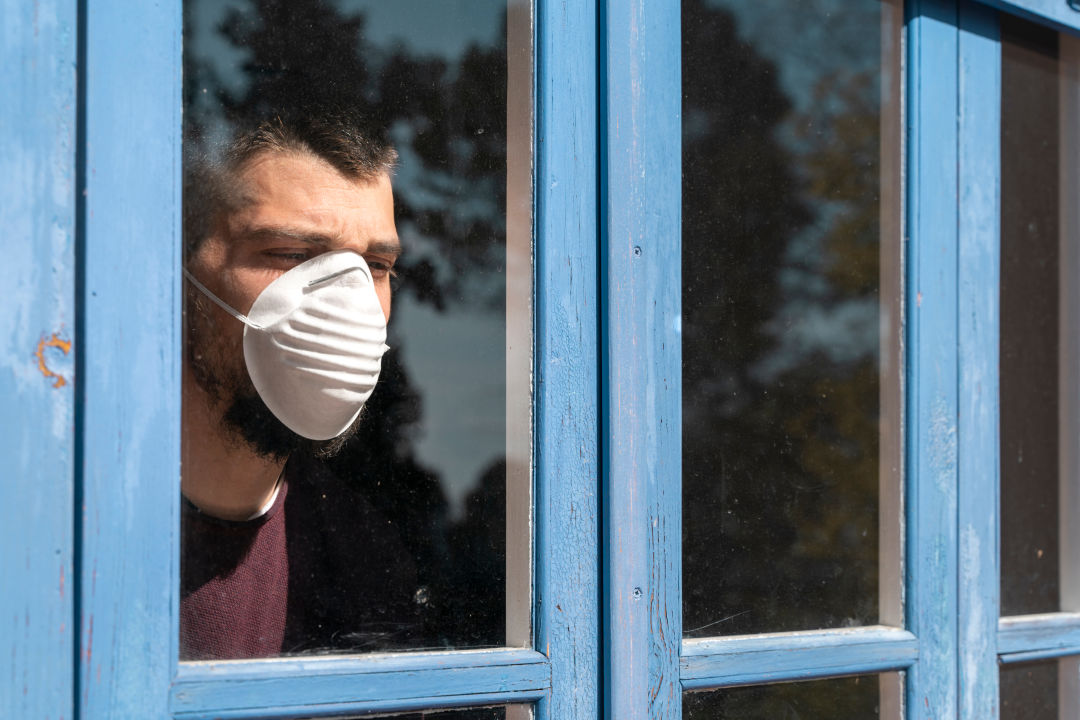How COVID-19 Is Impacting People on the Edge

United Way Suncoast says that even before COVID-19, more than one-third of Florida households had so little income and savings that they were one emergency away from financial ruin.
Image: Shutterstock
The acronym “ALICE” sounds benign, perhaps conjuring an image of the beloved housekeeper on The Brady Bunch. Its meaning is anything but that. ALICE stands for “Asset Limited, Income Constrained, Employed.” It encompasses millions of working Floridians who in the recent boom times were still barely making it.
The United Way Suncoast says that even before the COVID-19 virus struck, more than one-third of Florida households, 2.6 million families, had so little income and savings that they were one emergency away from financial ruin, the highest number since the worst days of the Great Recession. United Way’s recent report cited statistics from 2018, the latest available, and showed that 36 percent of Manatee County households were living on the edge; in Sarasota, known for its multimillion-dollar condominiums and luxury lifestyles, 28 percent of residents were one paycheck from disaster.
Now, that disaster has struck, and it is exacerbated by a broken Florida unemployment benefits system that has left hundreds of thousands of jobless residents still waiting for their first assistance checks.
The economic impact of the pandemic is exposing fissures in the economy that have largely been ignored for the past 25 years, says Jon Thaxton, a former longtime Sarasota County Commissioner and now senior vice president for community investment for the Gulf Coast Community Foundation. Thaxton says, in its voracious appetite for growth, Sarasota built a service economy without adequate support systems, including affordable housing.
As a result, he says, nearly 40 percent of Sarasota County’s 172,000 households were spending 30 percent of their income on rent or mortgage payments, a level that indicates financial strain. Seventeen thousand of those households were spending 50 percent or more of their income on housing.
With the state’s minimum wage just $8.56, nearly $2.50 an hour less than states such as Michigan, Arizona and Colorado, and even $1.44 an hour less than Arkansas, it was no secret why affordable housing was such a big need in Sarasota, where rents for two-bedroom apartments are often $1,500 a month or more.
And that, Thaxton says, was P.C.—pre-COVID-19. What keeps him up at night is contemplating how dire the situation is now and will become in a few more weeks for a vast swath of the community that already was living on the edge.
“The first few weeks were like punches that take the air out of your gut,” Thaxton says of the business shutdowns and massive layoffs. “But the next few weeks, as the punches continue, they are really going to be far more damaging to physical and mental health of our community. Crime rates and drug use are going to increase. Dropout rates will rise.
“Many people in these situations were working in the service industry, jobs that have been hit the hardest and may take the longest to come back,” he continues. “So they were already barely making it and now they are conservatively losing 20 to 60 percent of their income.”
The situation is magnified in Florida because the state pays just $275 a week in unemployment benefits, the fifth lowest in the country, and the state’s unemployment system has collapsed under the deluge of hundreds of thousands of applicants. Nearly 10 percent of Florida’s workforce has applied for jobless benefits, but after weeks of system malfunctions and political finger-pointing, less than 45 percent of applicants have received benefits.
The universality of the pandemic is a dimension that Floridians have not faced before, Thaxton says. In traditional downturns, triggered by real estate busts or hurricanes, workers often relocated from Florida to states where they could find work. But the pandemic has left no place to take economic sanctuary.
“You literally can’t move away to escape this,” Thaxton says.
Residents living close to the edge were initially sustained somewhat by $1,200 payments from the federal government. But if you were out of work and with no savings or money coming in, that one-time assistance payment did not last long. Congress is mired in debate on whether to offer more stimulus payments.
Thaxton says the Gulf Coast Community Foundation is shifting all its resources to supporting charitable organizations such as food banks and other groups that provide vital services. Sustaining those lines of defenses, he says, will be crucial for weeks, probably months, to come.
“We don’t even have a clue yet about the intensity or duration of the economic impact of the COVID-19 virus,” Thaxton says. “How long are people going to be in this economic predicament? This is not like anything that we have seen before.”



